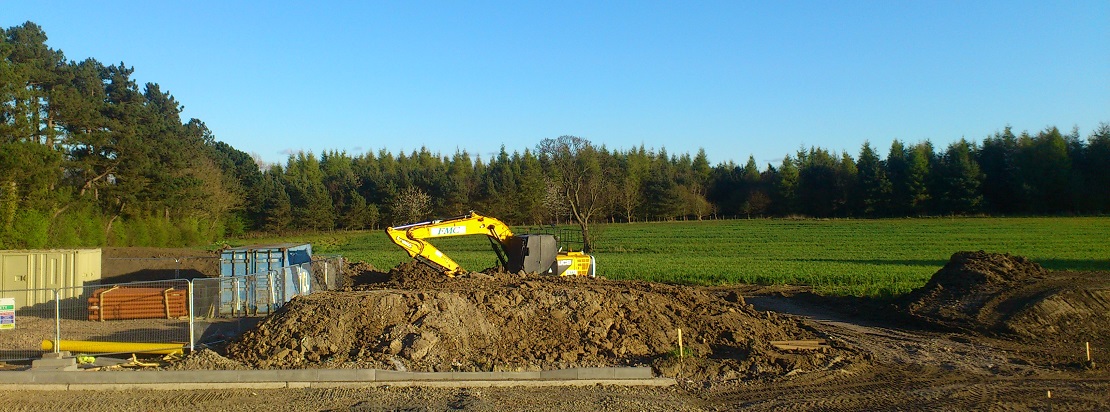‘Planning for the Future’ – What can we expect in a new Planning Bill?
November 2023 – the situation now
The last changes to the National Planning Policy Framework (the ‘blueprint’ for planning which all developers are required to follow) was in May 2021.
It emphasised the need for new developments to include features such as trees in streets which would add value to the overall beauty of design, and stressed the need to give attention in the choice of sites to issues of biodiversity, especially safeguarding the habitats of protected species.
This largely welcome update was followed, however, by a Whiter Paper (largely the work of Michael Gove, then Sec. of State for Levelling up, Housing and Communities) with disturbing proposals designed to help developers get permission for building on green-field sites on the edges of our towns and villages. This was not well received by voter opinion and Mr Gove suggested that a Bill would be brought forward to introduce a system of “local design codes” which would allow residents to decide what sort of new buildings should be allowed in their area. The Government, we were told “hopes this will encourage communities to allow more development overall, in time reducing the cost of housing and letting more people own their own home’“.
(This comment still pays lip service to the myth that releasing more land for housing will lead to houses being built at a faster rate, despite the Government’s own report on the subject, prepared by Sir Oliver Letwin in 2018, which showed that in a commercial situation, developers build houses at an ‘absorption rate’, that is no faster than can be sold at current market prices. Land with planning permission remains unbuilt on until the market allows the houses to be sold to prospective buyers at a profit to developers. Northumberland, for example, has enough land with planning permission and waiting to be built on to keep our builders busy for over a decade at current rates of completion.)
Events over the Autumn of 2022 then led to a chaotic situation where a series of government initiatives in pursuit, we were told, of ‘growth, growth and more growth’ proved damaging to confidence in the nation’s finances. While changes to the tax system were summarily reversed, radical changes to planning law were proposed which could remove protections to biodiversity and make it easier for developers to gain planning permission. This could leave us in a potentially damaging situation where our town and village communities could lose much-loved parts of their countryside settings to provide ‘windfall’ opportunities for land-owners while no more houses in total would actually be built.
So far, the government has mounted a consultation on the issue, but has not yet moved to put forward proposals for change…
CPRE strongly recommends that we should leave the planning system as it is, with a ‘balance’ between the many conflicting issues that are involved in selecting sites for development with designs that can provide better housing in the best places, while safeguarding our precious countryside and its wildlife. We would most strongly oppose any moves that would make it easier for landowners and developers to get round the safeguards built into the current planning system – while falsely claiming that this would lead to more young people with families being able to own their own homes.
Will you join us in this vital work?
For a fuller update on the planning situation, click on this link.









